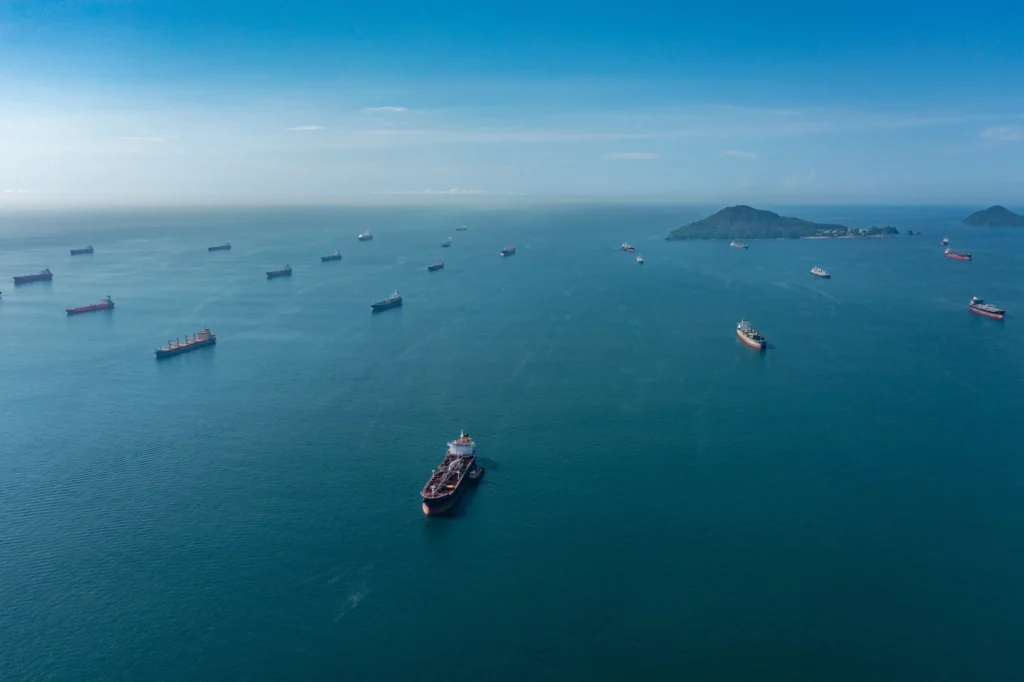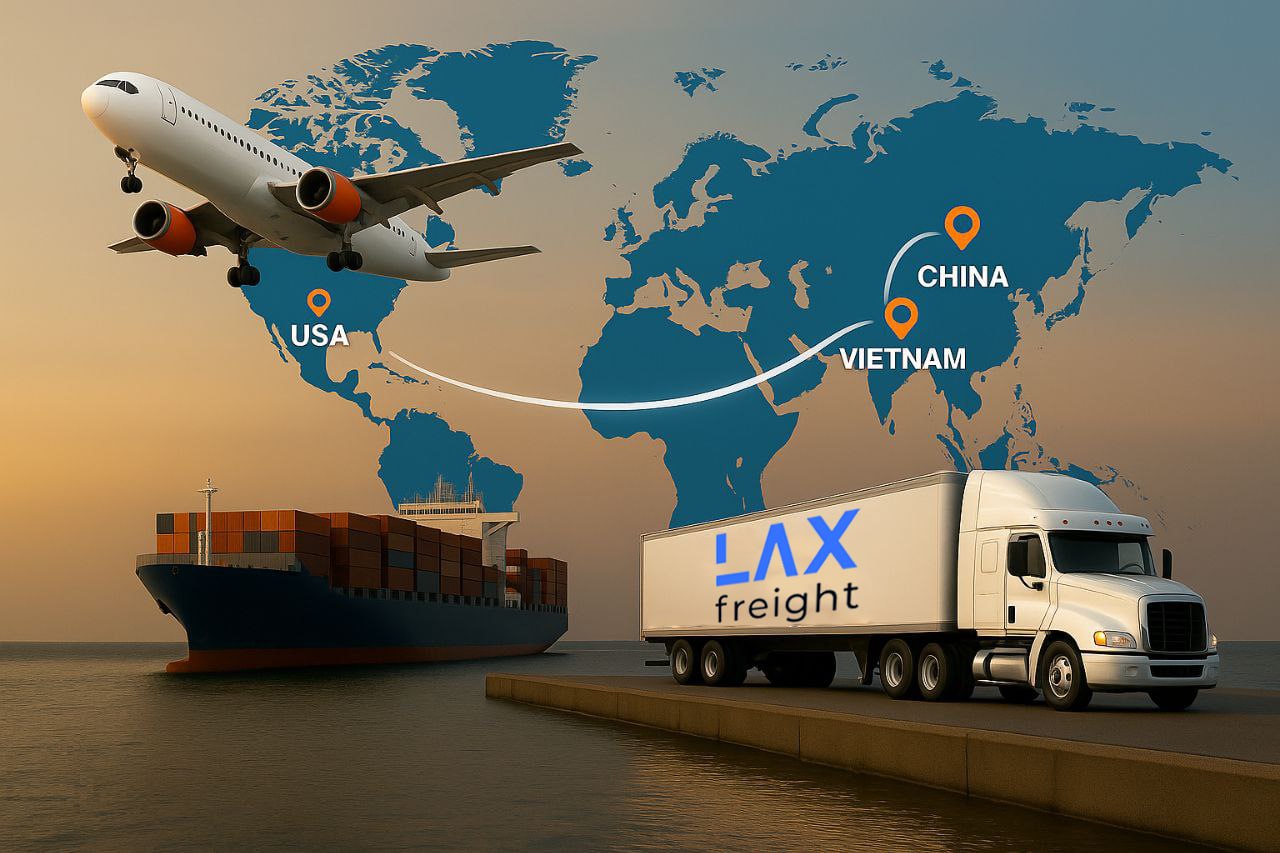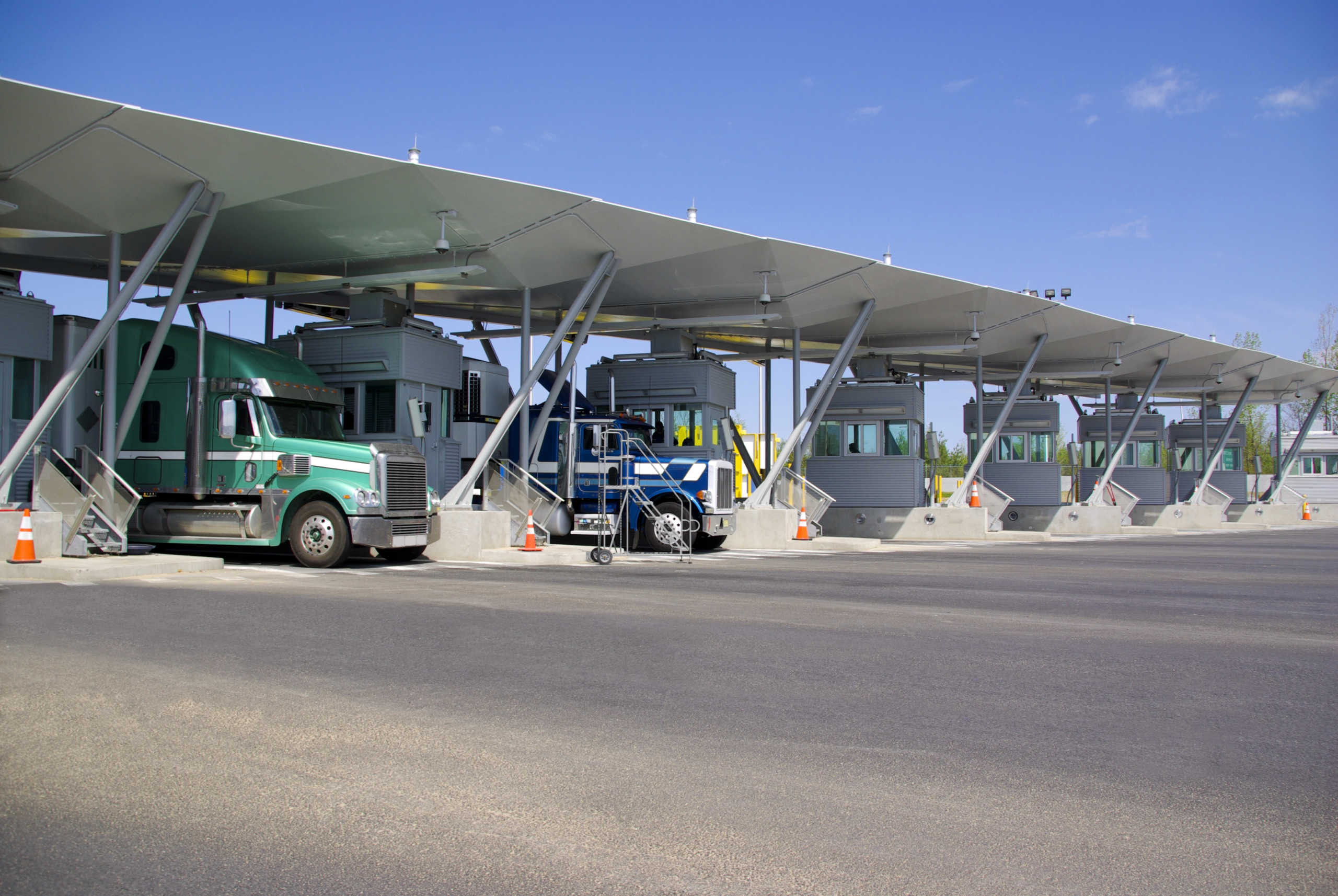Once again, global warming emerges, casting its ominous shadow on the Panama Canal, where plummeting water levels jeopardize international trade valued at $270 billion. Serving as a vital maritime conduit linking the Pacific, Caribbean Sea, and Atlantic Ocean, the canal finds itself grappling with unexpectedly low water levels during what should be the rainy season.
This crisis has led to congestion of tankers and cargo ships in the bay, as canal traffic experiences a significant reduction. The repercussions of a constricted Panama Canal resonate globally, amplifying the impact of this environmental challenge.
Attributed to a shortfall in rainfall exacerbated by El Niño, the past year has witnessed a decline in traffic through the canal. Lake Gatun, a critical water source for Panama’s citizens and maintaining the canal’s operational level, has suffered from dwindling water levels.
The Role of the Panama Canal
Having revolutionized global shipping in 1914 by eliminating arduous journeys around the South American peninsula, the canal plays a crucial role in transporting over 40% of consumer goods traded between the US eastern seaboard and North-East Asia.
Despite Panama’s reputation as one of the wettest countries globally, Lake Gatun’s decreasing water levels have compelled a reduction in canal traffic from 36 ships per day to 22. By February 2024, the average daily transits through the canal will drop to 18—down from a daily average of 34 from Jan-October 2023.
With these restrictions coming, ocean carriers on the Transpacific Eastbound are now shifting some services to go via the Suez Canal, which will extend transit times by at least seven days.
This predicament leaves shipping companies with limited options, including enduring prolonged waits, paying exorbitant fees to expedite passage, or seeking alternative, costlier routes that could extend travel times by days or weeks. The congestion in tanker queues raises concerns about potential collisions and serious accidents as available space dwindles.

What’s The Alternative?
In the Red Sea, escalating attacks on cargo vessels have prompted cargo shipping companies to steer clear of the Suez Canal, adding additional strain to global trading and escalating commodity costs. While potential solutions exist, such as implementing expensive cloud seeding over the Lake Gatun area or constructing a man-made dam to supply water to both the lake and the canal, these remedies come with a significant time investment. As a result, the impending increase in commodity prices threatens to burden economies further already grappling with the aftermath of inflation.
Also, recent official data indicates a 28% YoY decrease in Suez Canal shipping volume for the 10 days ending on January 2, with the IMF’s PortWatch noting disruptions in the Red Sea.
Conversely, Cape of Good Hope traffic rose by 67%, attributed to Red Sea attacks prompting global freight firms like MSC and Maersk to reroute in mid-December, incurring added costs and delays. Despite initial disruptions, signs of a Suez Canal return emerged towards the end of the month, with Maersk rescheduling container vessels. The canal, crucial for 15% of world shipping, is vital for Egypt’s foreign currency.
The Global Impact on Logistics
The first major shift came in December. THE Alliance (ONE, Hapag, HMM, Yang Ming) is switching two services that call mainland China, Taiwan, and South Korea to the U.S. East Coast (EC1 and EC2), as well as its flagship service to the Gulf Coast (the EC6), also serving mainland China, Taiwan, and South Korea. It’s unclear if other alliances will follow suit to shift services permanently or if they will consider a per-vessel basis.
Transit time changes will be officially announced as soon as schedules are confirmed, but adjustments are expected to change U.S. East Coast transit times by about 7 days and Gulf Coast transit times by about 10 days. The services from Asia into Latin America to be impacted as well, as the EC1 mentioned above calls Manzanillo and Rodman, while EC2 calls Cartagena. The removal of these services will impact options from Asia to Latin America or backhaul services from the U.S. to Latin America or Latin America to Asia.
It’s recommended that all cargo over 14 tons per TEU should transit via the Suez Canal or the U.S. West Coast. For remaining U.S. East and Gulf Coast services via the Panama Canal, TEU weight restrictions vary by carrier, but 7 tons per TEU is the average limit in place by carriers with restrictions.



